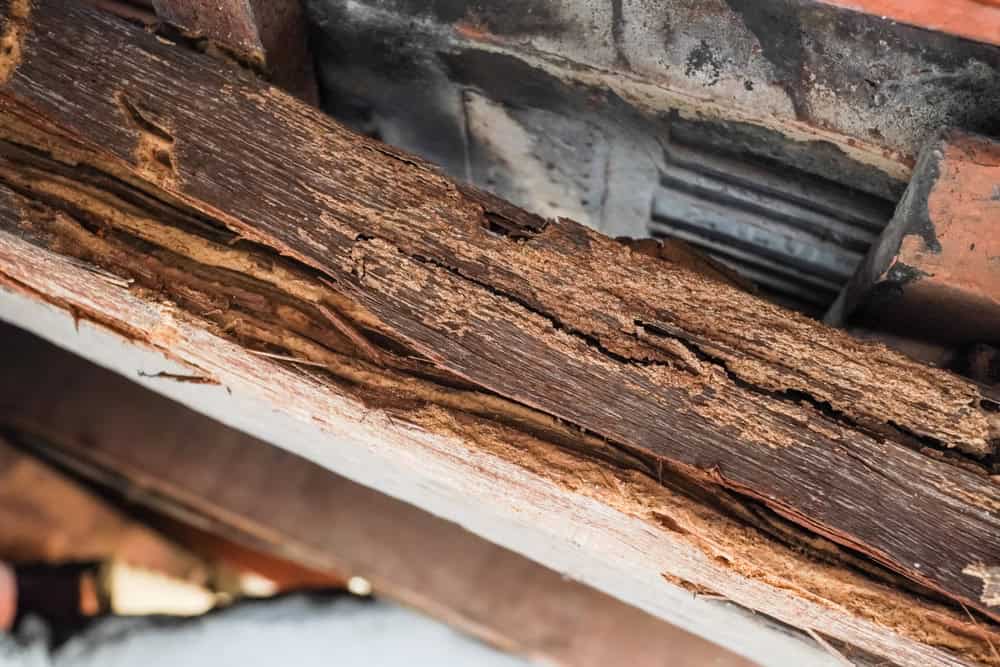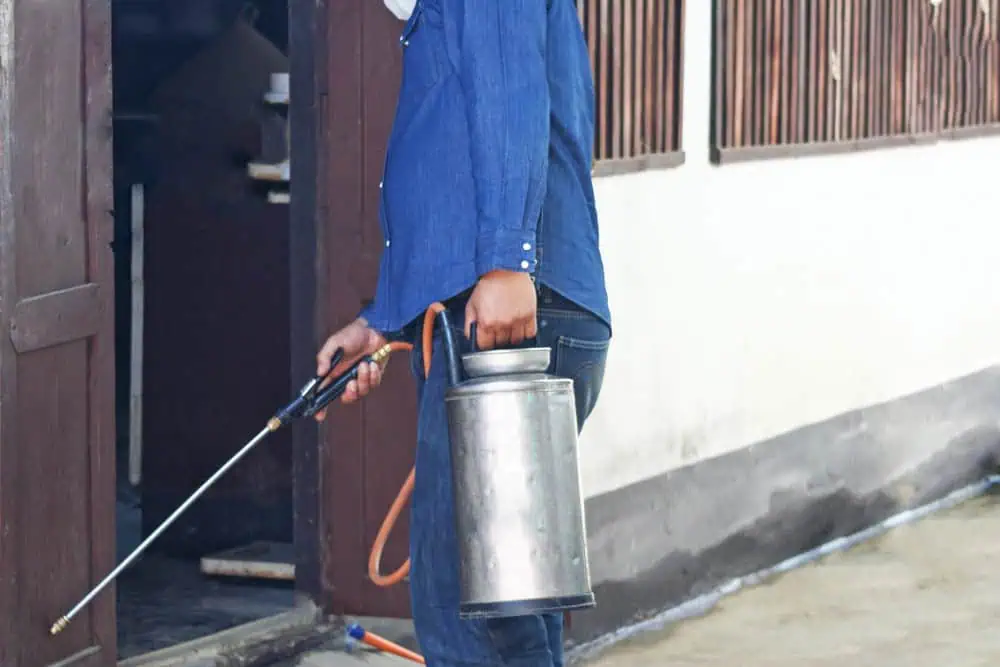Complete termite elimination and prevention that actually protects your home investment long-term.

Hear from Our Customers

You get complete peace of mind knowing your largest investment is secure. No more wondering if those tiny holes in your basement are termite damage. No more losing sleep over whether that soft spot in your floor means thousands in repairs.
Our termite treatment eliminates active colonies and creates lasting barriers against future infestations. You’ll have documentation for insurance claims or real estate transactions. Most importantly, you’ll know your home’s structural integrity stays intact.
The result is simple: you stop worrying about termites and start enjoying your home again. Your property value stays protected, and you avoid the nightmare of discovering extensive damage years down the road.
86 Pest and Wildlife Removal has been protecting Colwick homes from termite damage for years. We understand exactly how termites behave in New Jersey’s climate and soil conditions.
Every technician is licensed and trained to spot termite activity that other companies miss. We’ve seen every type of infestation this area throws at homeowners, from subterranean colonies in crawl spaces to drywood termites in attics.
You’re working with professionals who live in this community and stake our reputation on getting results. We know which treatment methods work best for different home types and construction styles common in Colwick.

First, a thorough inspection covers every area where termites typically hide – basements, crawl spaces, around foundations, and wooden structures. You’ll get a detailed report showing exactly what was found and where.
If termites are present, treatment begins immediately using proven methods specific to your situation. This might include liquid termiticides around your foundation, bait stations for ongoing monitoring, or targeted treatments for active colonies.
After treatment, you receive documentation showing the work completed and warranty coverage. Follow-up inspections ensure the treatment worked and catch any new activity early. You’ll know exactly when to expect each visit and what to look for between appointments.

Ready to get started?
Every termite treatment includes a comprehensive property inspection using professional detection equipment. You get detailed reporting with photos showing problem areas and treatment locations.
Treatment options are explained clearly so you understand exactly what’s being done and why. All work comes with warranty protection and scheduled follow-up visits to ensure long-term effectiveness.
Colwick’s older homes often have unique challenges like stone foundations or additions that create termite entry points. We know how to address these specific issues while protecting your home’s character and value. You’ll also receive prevention tips to reduce future risks.
